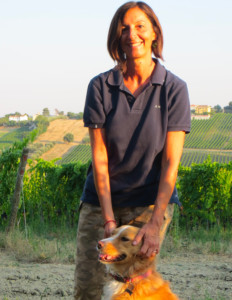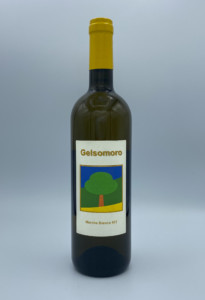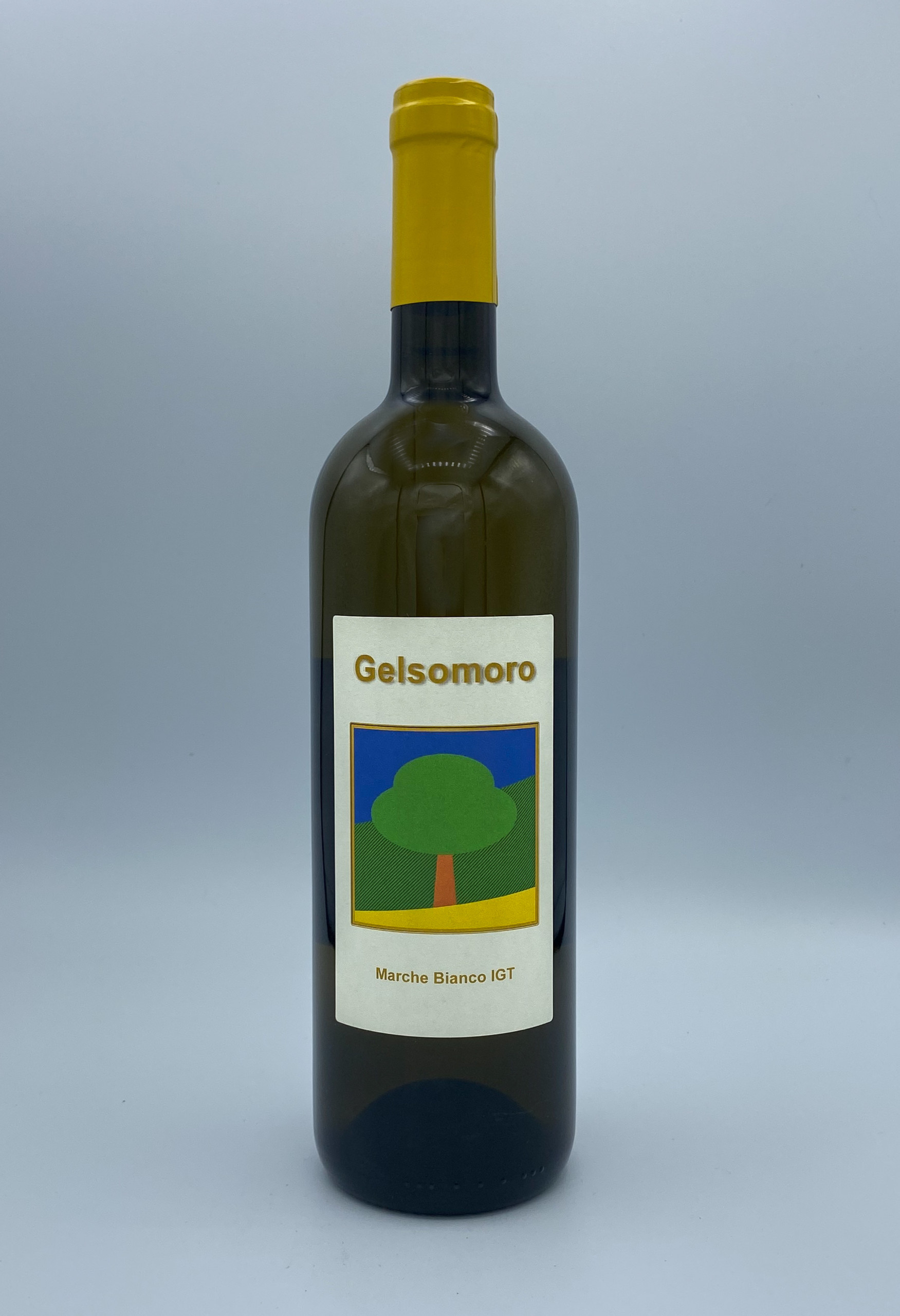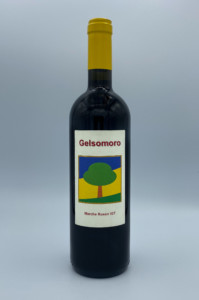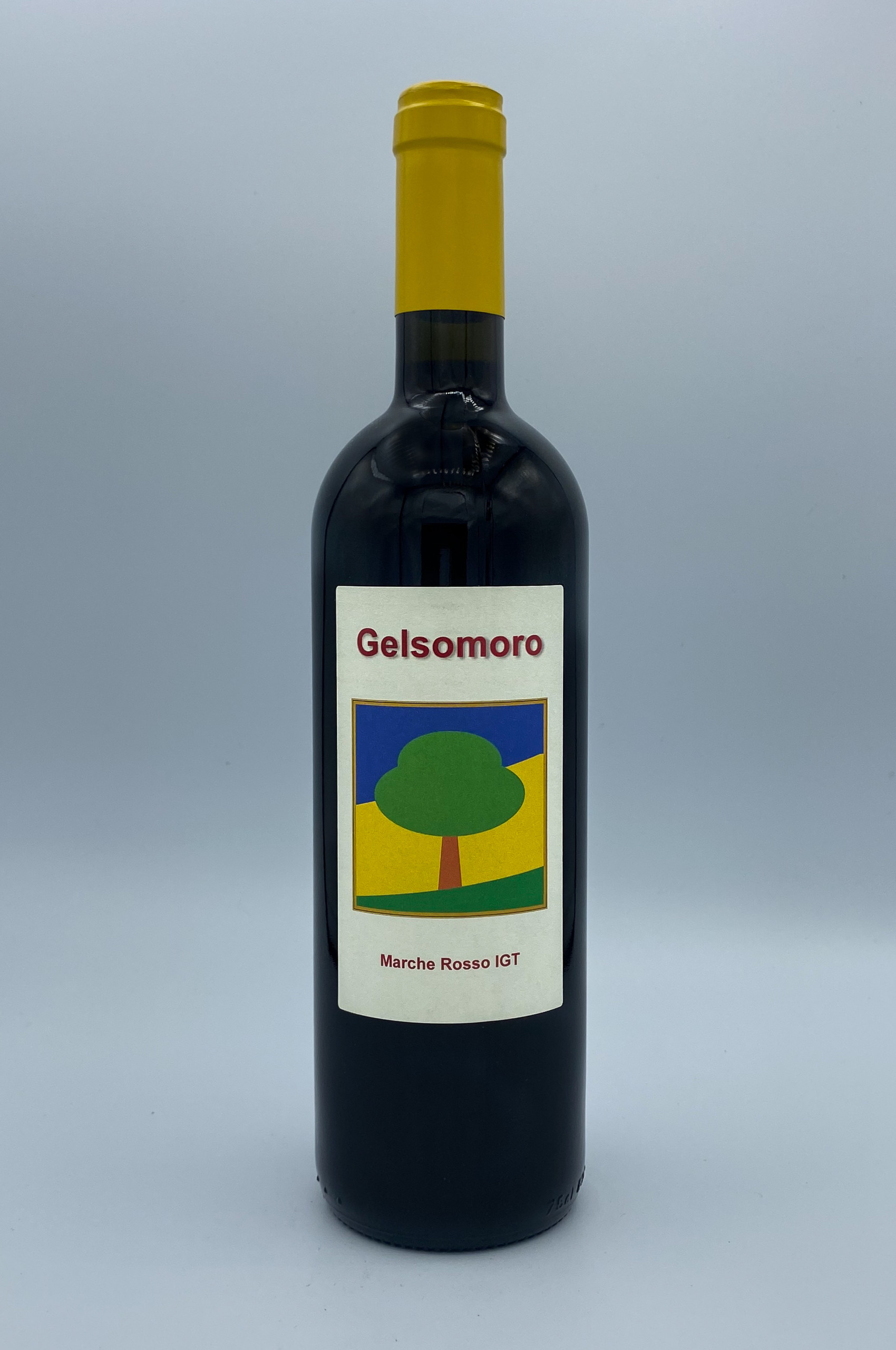Il Gelsomoro
About
Owner & winemaker: Silvia Giorgetti
Vineyards: 2.8ha, all estate-owned
Vineyard management: Certified organic since 2004
Soils: Calcareous clay
Grapes grown: Montepulciano, Sangiovese, Lacrima, Merlot, Verdicchio
Annual production: 12,000 bottles
Quick facts:
- The winery is named for the six mulberry trees (“gelso” in Italian) on the property, the oldest of which is over 200 years old. The leaves were historically used to feed silkworms.
- The simple labels depict the essence of their terroir reduced to its purest aspect: a “Gelso” (mulberry tree) framed by the blue of the sky, the yellow of the fields of wheat, and the green of the grass.
- In addition to grapes, they also grow olive trees and spelt.
Originally from Tuscany, Silvia Giorgetti and her husband Giuseppe moved to Le Marche after falling in love with the region during a business trip. Her passion for wine has taken her down a path from tasting classes to a viticulture degree to becoming a winemaker herself–Silvia describes it as like “a musical crescendo.” She feels it’s a privilege to put her previously theoretical-only knowledge to a practical use, creating her own interpretation of the native grape varieties of the region. Silvia and Giuseppe purchased the property in 2004 and began planting additional red grapes in 2006.
For a tiny region with only about 2,000 inhabitants, this corner of Le Marche is unique in that it has two distinctive specialties: Lacrima di Morro d’Alba and Verdicchio dei Castelli dei Jesi. It’s an area well-suited to quality viticulture, with a mild and breezy climate guaranteeing healthy and well-ripened grapes. The Gelsomoro vineyards also enjoy the positive influence of the sea, which is only 3km away. They were the first, and up until a few years ago, the only, producer in the region to farm organically.
In the cellar, Silvia seeks to create wines that are “exciting, without overdoing it.” She shows restraint when it comes to maceration and extraction, and instead finds complexity through extended lees contact and showcasing the characteristic “fingerprint” of each variety. Fermentation and aging take place in concrete, steel, or used oak vessels, so as not to add any additional flavors or aromas to the wine. As she puts it, “Respecting nature is possible and proper, even in the cellar.”


